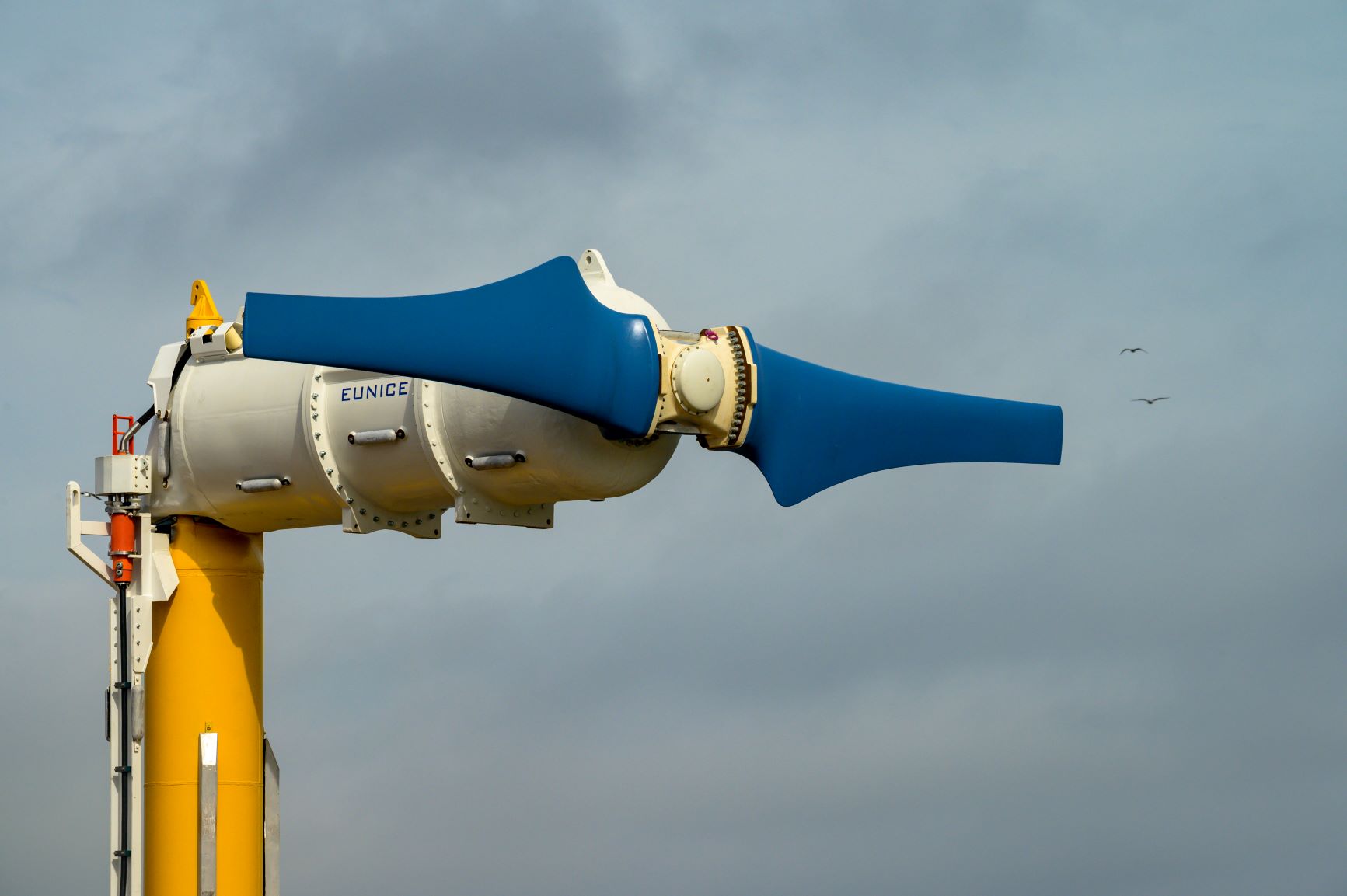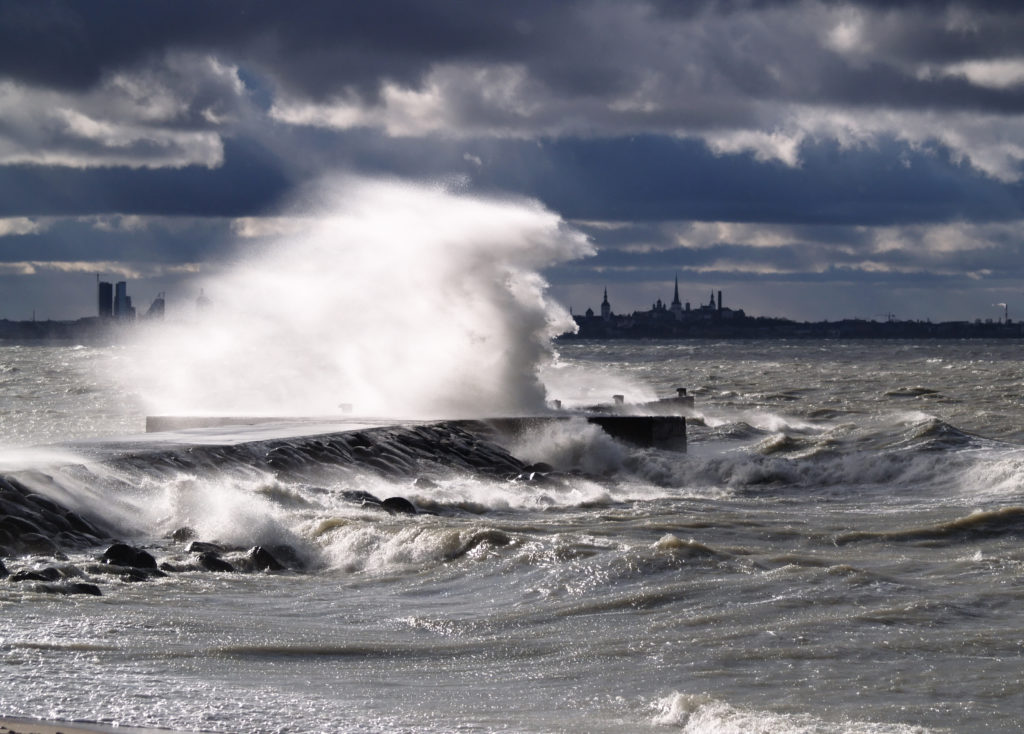This past year has been a challenging one for us all, with almost every aspect of our lives impacted by the COVID-19 pandemic. However, thanks to the hard work and dedication of our EnFAIT consortium partners, we’ve been able to celebrate several major achievements in this year of lockdown.
Installation of Fourth Turbine
Perhaps the most impressive milestone achieved during this year in lockdown was the successful installation of the fourth tidal turbine at the array in Shetland, our new direct drive turbine ‘Eunice’. She is already powering homes across Shetland and is slashing the cost of tidal energy, making it more cost competitive.
One of the enhancements made with the fourth turbine involved switching to direct drive, eliminating the need for a gearbox, and creating a streamlined and more reliable design. However, where this latest design does not deviate from previous iterations is in its simplicity.
Eunice is the first of three turbines set to double the size of the Shetland Tidal Array to six, and it moves EnFAIT one step closer to becoming the tidal array with the largest number of turbines in the world.
The new turbine is also designed in such a way that it will only require maintenance once every two years, which doubles the period of continuous operation for a tidal turbine.

Record Breaking Maintenance Intervals
Turbine 2, ‘Ailsa’, also broke new ground this year when she smashed the EnFAIT project target of a 12-month service interval by completing 21 months of operation.
Ailsa was deployed during record-breaking marine operations in May 2019 which saw the turbine recovered from the seabed, transported to Edinburgh for maintenance, and redeployed in less than one month. She operated exceptionally well and was retrieved in February 2021 for planned maintenance following the record-breaking 21-month run.
This demonstrates that the original turbines have benefitted from EnFAIT upgrades and have become more reliable over time. Given that what we have learned is being channelled into new design, it increases confidence that the target maintenance period of two years can be achieved, if not exceeded. The longer the turbines can operate without the need for servicing, the lower the cost of tidal energy. Operating for 21 months rather than 12 reduces operating costs by more than 40%.
Excellent Array Performance
The Shetland Tidal Array has had its best performing year to date – setting new records for availability, generating hours and output from the three original turbines. In the 12 months from June 2019 to May 2020, the tidal array’s turbines clocked up a staggering 14,000 operating hours and generated 469 MWh of electricity. Performance will continue to show big improvements as the project’s new direct drive turbines, such as Eunice, are deployed in Shetland and the enhanced technology is installed in more energetic sites.
These new record-breaking outputs keep the EnFAIT team well on track to demonstrate the step change in the lifetime cost of energy for tidal power, prove that the reliability and availability of tidal energy arrays can be increased significantly and build investor confidence in the sector.
Positive Environmental Monitoring Findings
In 2020, the EnFAIT project was also able to publish powerfully positive environmental monitoring findings. To date, the project’s environmental monitoring has focussed on possible effects of the tidal array on marine mammals and diving birds, using underwater cameras and land-based vantage point surveys.
After extensive analysis of the data, the team were able to conclude that the presence of diving birds and marine animals, such as basking sharks, porpoises and seals, around the Bluemull Sound is low, and even lower again in the area immediately around the turbines. These results indicate that the likelihood of near encounters between diving birds and marine mammals with the turbines, and therefore the risk of negative environmental effects, is very low.
In a recent article published by Marine Scotland, the comprehensive programme of monitoring to understand the effects of the turbines on the marine environment was highlighted adding: “To date, no negative effects have been detected.” [1]
The knowledge gathered within the EnFAIT project is being used to build a growing body of evidence indicating that environmental risks associated with tidal projects are very low. This will help deliver strategic planning and consenting processes for tidal energy that are proportionate and based on best available scientific evidence about actual, rather than perceived impacts.

[1] Marine Scotland What lies beneath – Scotland’s Marine Assessment (blogs.gov.scot)

